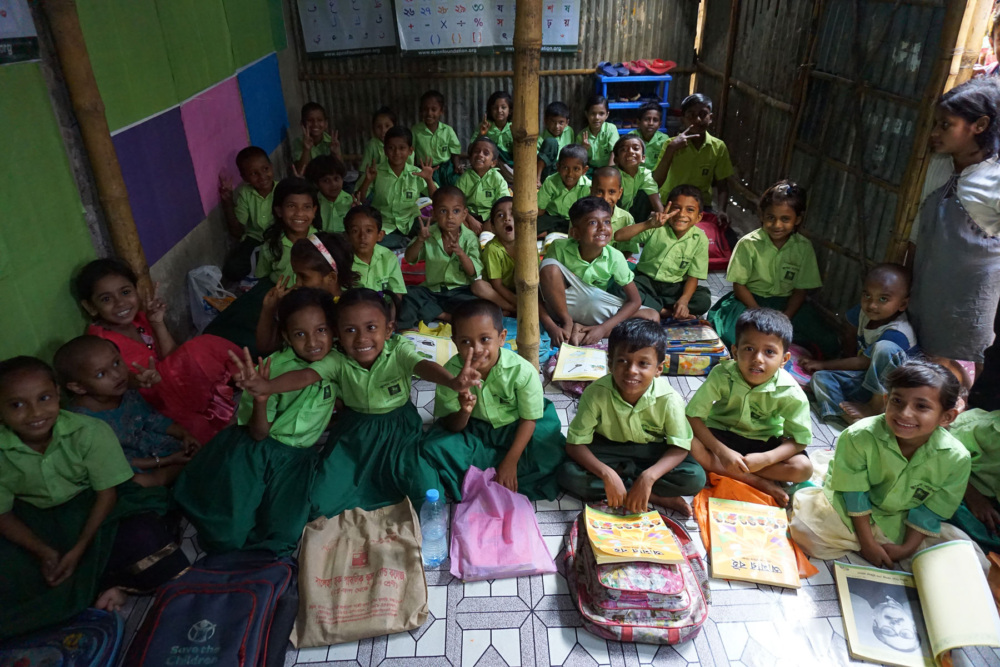
Education
Education, Safety and wellbeing
Global Fund for Children hosted a three-day convening in April 2019 for our partners working to prevent hazardous child labor in Dhaka, Bangladesh.
With support from WE Trust, these six local organizations are providing young people in challenging contexts with new opportunities – like education, vocational training, mentoring, life-coaching, meals, and shelter – to break the cycle of hazardous labor and exploitation. They’re helping children leave and recover from dangerous situations, and they’re working to prevent those situations in the first place.
The government estimates that there are about 3.4 million children working in Bangladesh, and that almost 1.3 million children are involved in some form of hazardous labor. Our partners are working to change this – and to improve the lives of thousands of children and youth in Dhaka.
We asked the local leaders attending our convening what a future without hazardous child labor would look like, and how we can get there. Here’s what they told us.
[image_caption caption=”Sadia Nasrin, CEO of Sanjog Bangladesh” float=””]
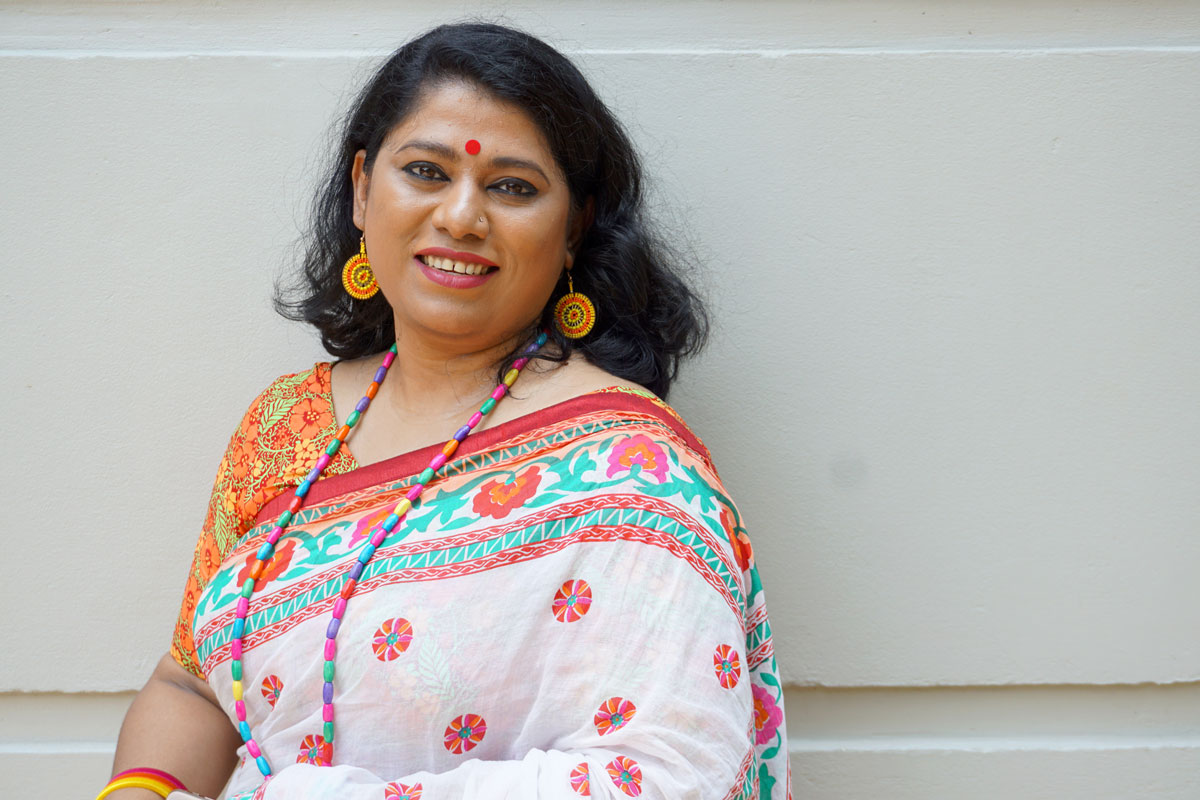
[/image_caption]
“In my organization, in 2012, we started the campaign ‘every child in school.’ This is actually my dream, our dream, which I love to work for,” said Sadia Nasrin, CEO of Sanjog Bangladesh. “So, no child is in labor – either hazardous or non-hazardous. Every child can be in school.”
[image_caption caption=”Forhad Hossain, Executive Director of Local Education and Economic Development Organization (LEEDO)” float=””]
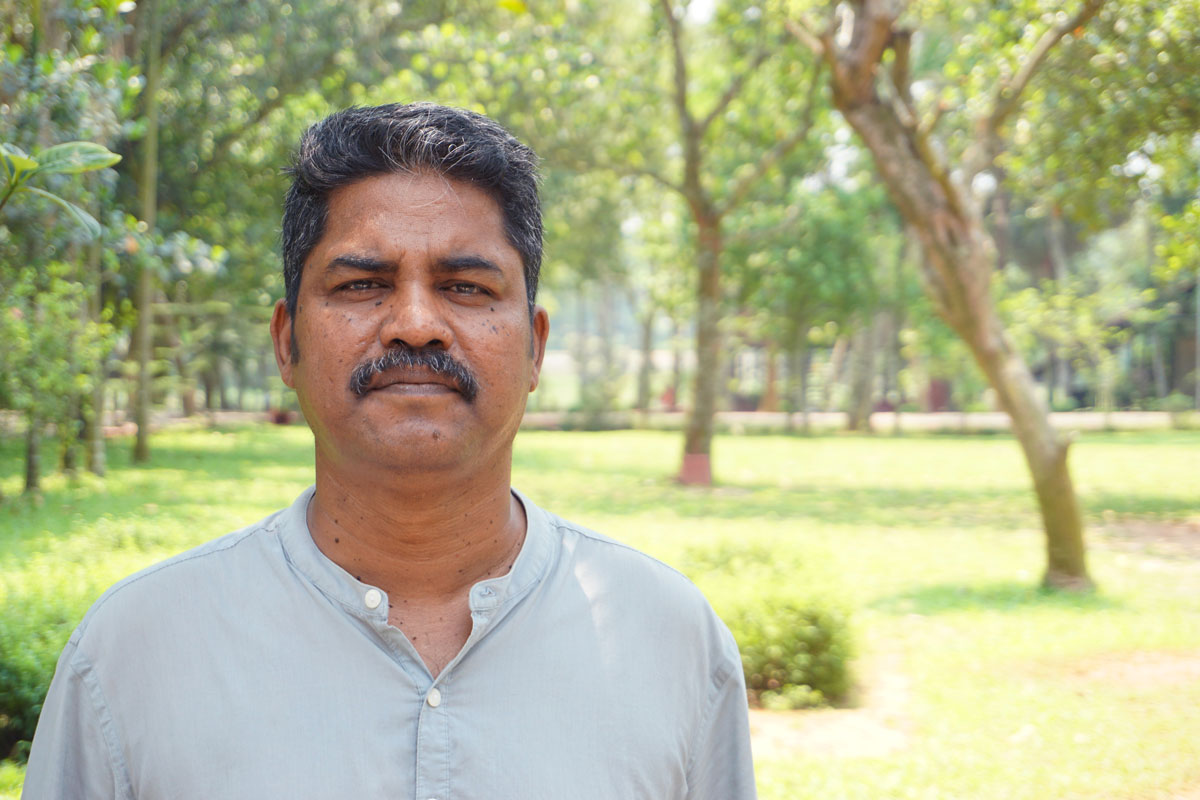
[/image_caption]
“The vision is very simple: children go to school; children do not work,” said Forhad Hossain, Executive Director of LEEDO. “Last year we enrolled more than 30 children into formal school. Before they worked on the street, now they go to school. This is possible through GFC projects.”
[image_caption caption=”Mahmuda Begum, Executive Director of Shobujer Ovijan Foundation (SOF)” float=””]

[/image_caption]
“If we want to reduce hazardous work for children, we need awareness programs for families. First, we raise awareness for the family, and then the children,” said Mahmuda Begum, Executive Director of SOF. “I want to see, in the near future, that we do not have hazardous child labor – it stops – and that children will go to school, and after school … they will do youth development programs and they will be aware of safe work.”
[image_caption caption=”Mohammad Aftabuzzaman, Executive Director and CEO of Alor Pothe Nobojatray (APON) Foundation” float=””]
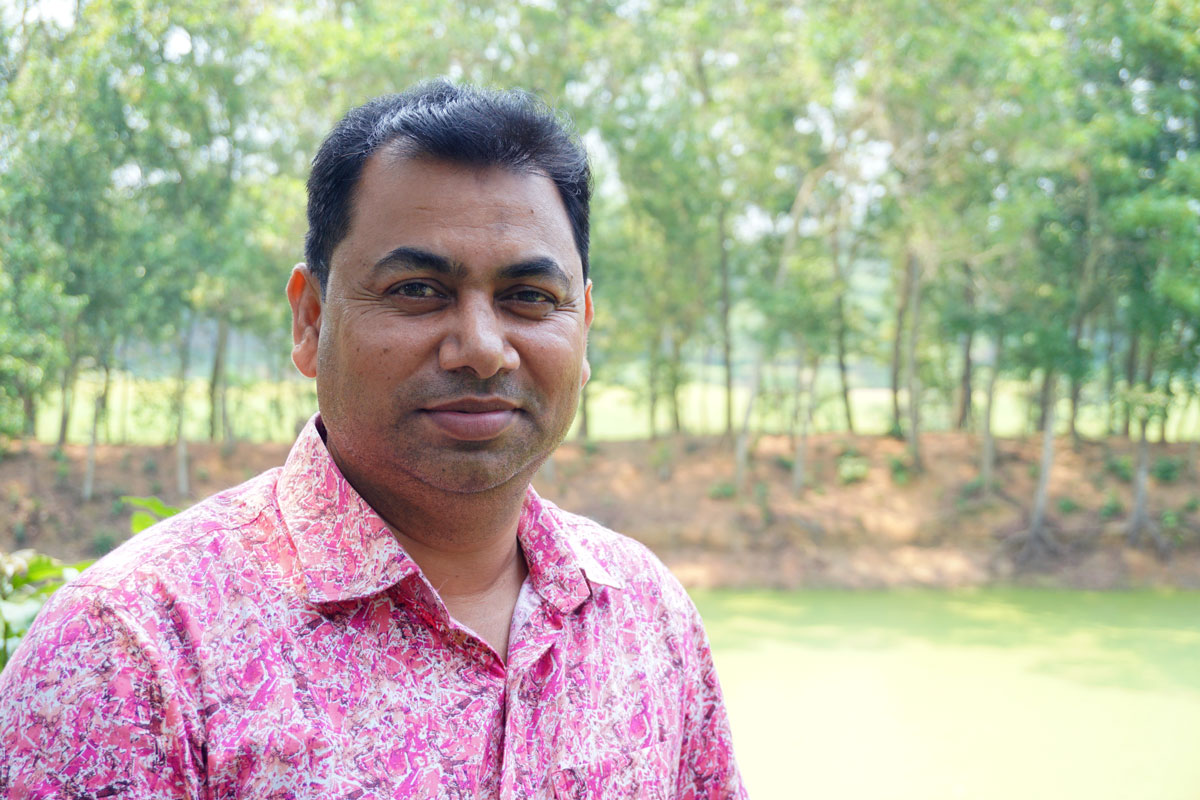
[/image_caption]
“Today’s children are tomorrow’s citizens. … They have the right to basic necessities such as food, shelter, and education for their proper upbringing,” said Mohammad Aftabuzzaman, Executive Director and CEO of APON Foundation. “Our government has declared that it would eliminate all forms of child labor. … APON Foundation is working closely with government and non-governmental organizations in Bangladesh and hopes to be in the forefront of this noble and challenging journey.”
[image_caption caption=”Zamila Sultana, Executive Director of SOHAY” float=””]
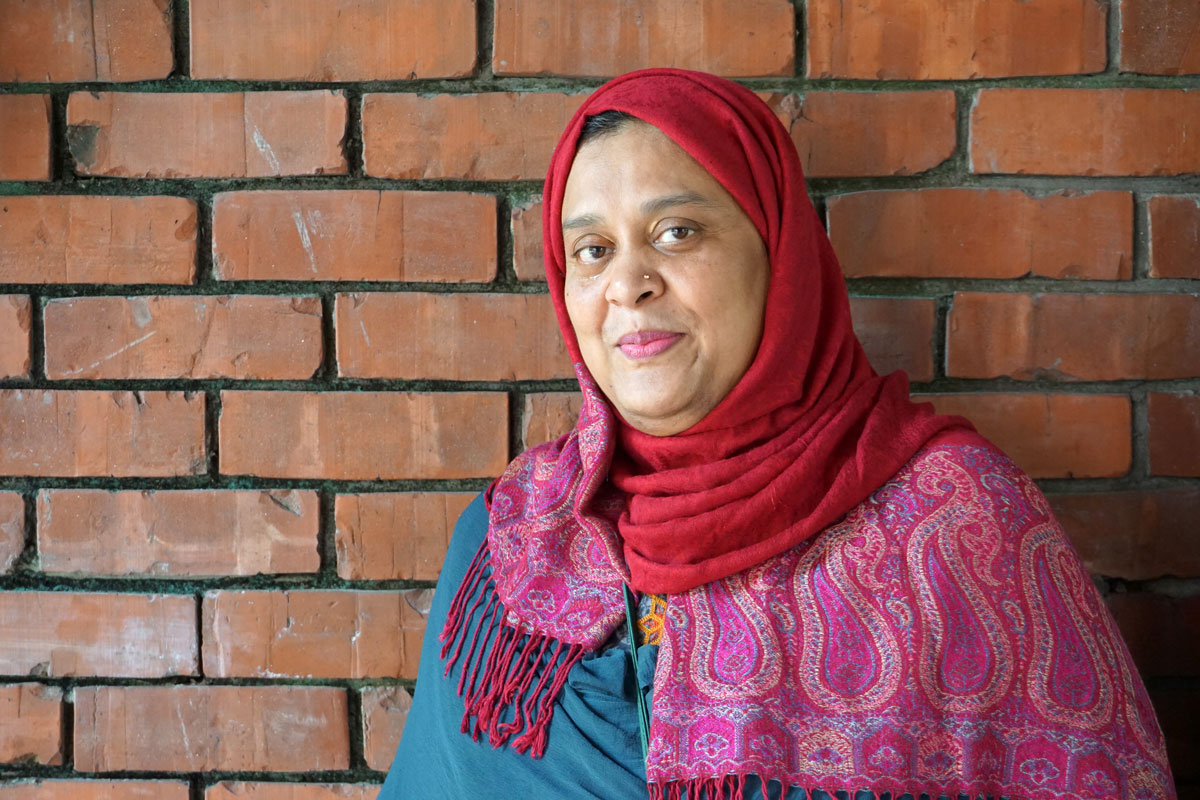
[/image_caption]
“Bangladesh will be a fantastic place for children if there is no child labor here. I would like to see that children are going to school and that they are happy in their childhood time. If we could scale the work, what SOHAY is doing now, that would be the way forward to a child-labor-free Bangladesh,” said Zamila Sultana, Executive Director of SOHAY.
[image_caption caption=”Dr. Abdul Kayyum Laskar, Chief Executive of Voluntary Association for Family Welfare and Social Development (VAFWSD)” float=””]

[/image_caption]
“For a future child-labor-free society, we should cooperate in [our] work. As a part of Vision 2021 of the government of Bangladesh to eliminate child labor, it needs a coordinated effort both from government and non-government, and civil society participation. Then we can get [to a] brighter future for children and youth of Bangladesh,” said Dr. Abdul Kayyum Laskar, Chief Executive of VAFWSD.
We’re proud to work together with our partners toward a future free of hazardous child labor in Bangladesh. Our courageous partners respond to the immediate needs of children facing or at risk of exploitation and hazardous labor. They’re also creating long-term opportunities and programs to empower children to lead safe, protected, and healthy lives.
Stay tuned to read more about how this initiative is seeking to break the cycle of child exploitation and hazardous labor in Bangladesh!
